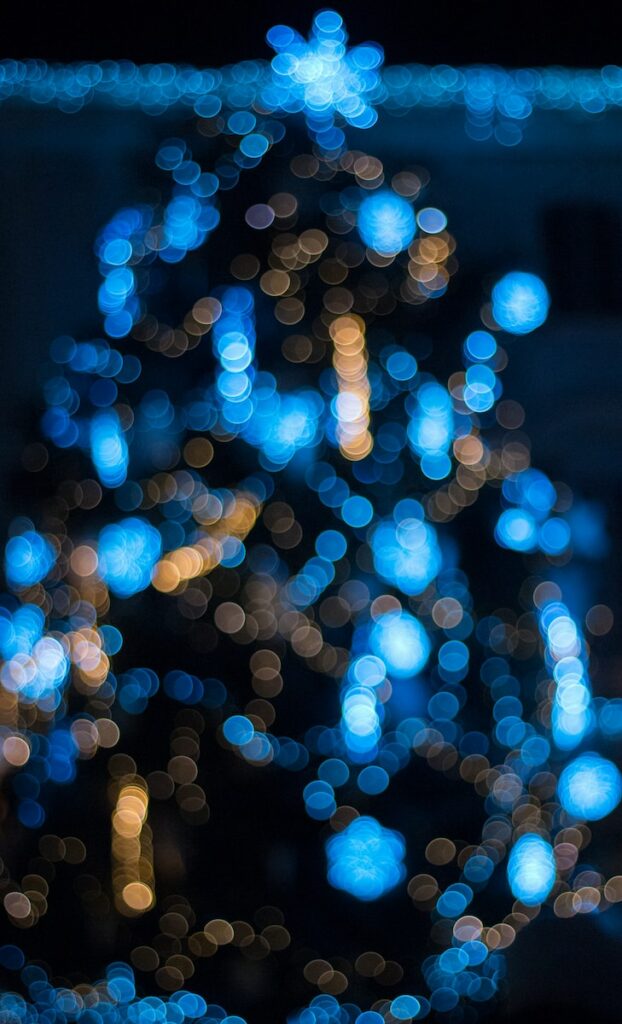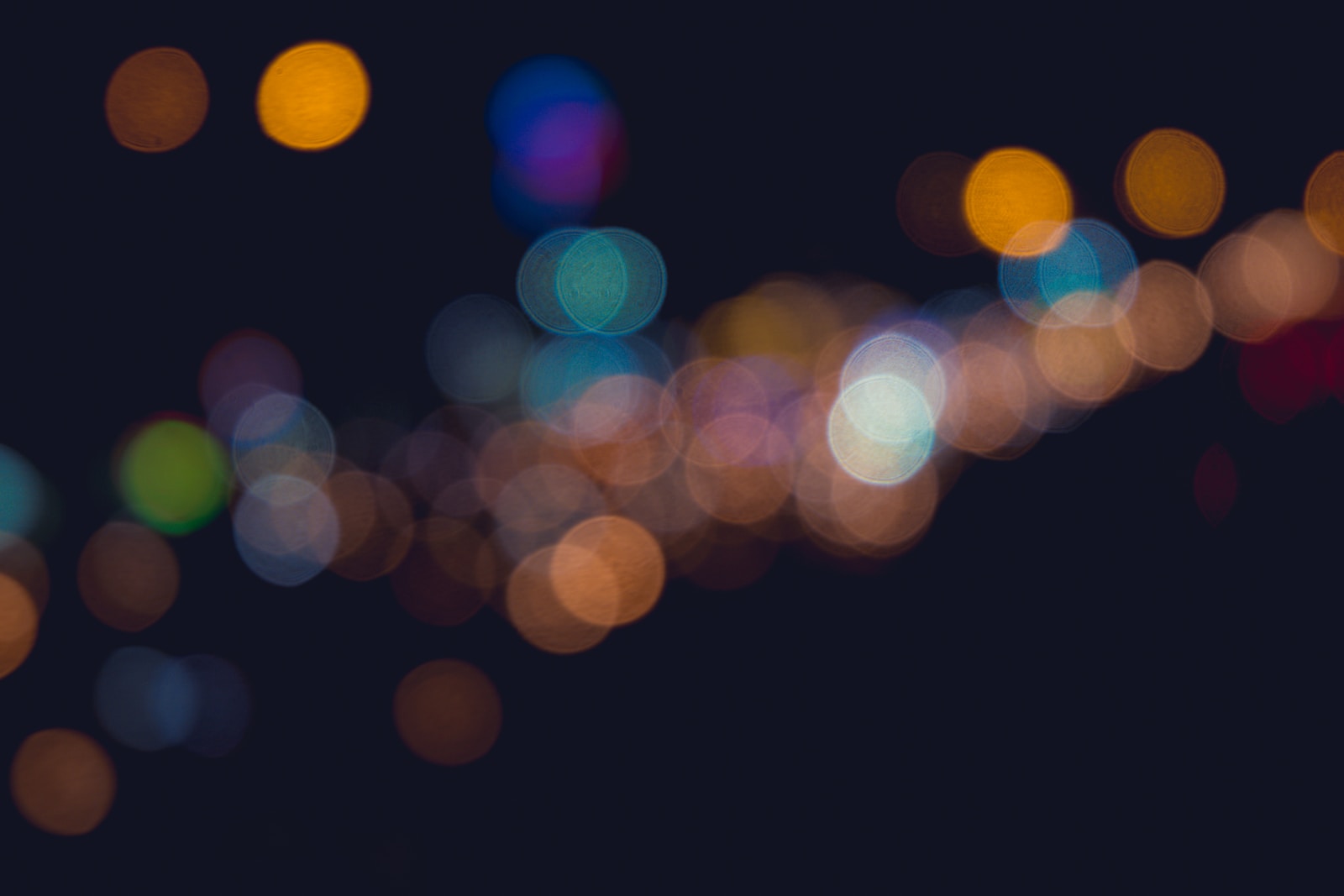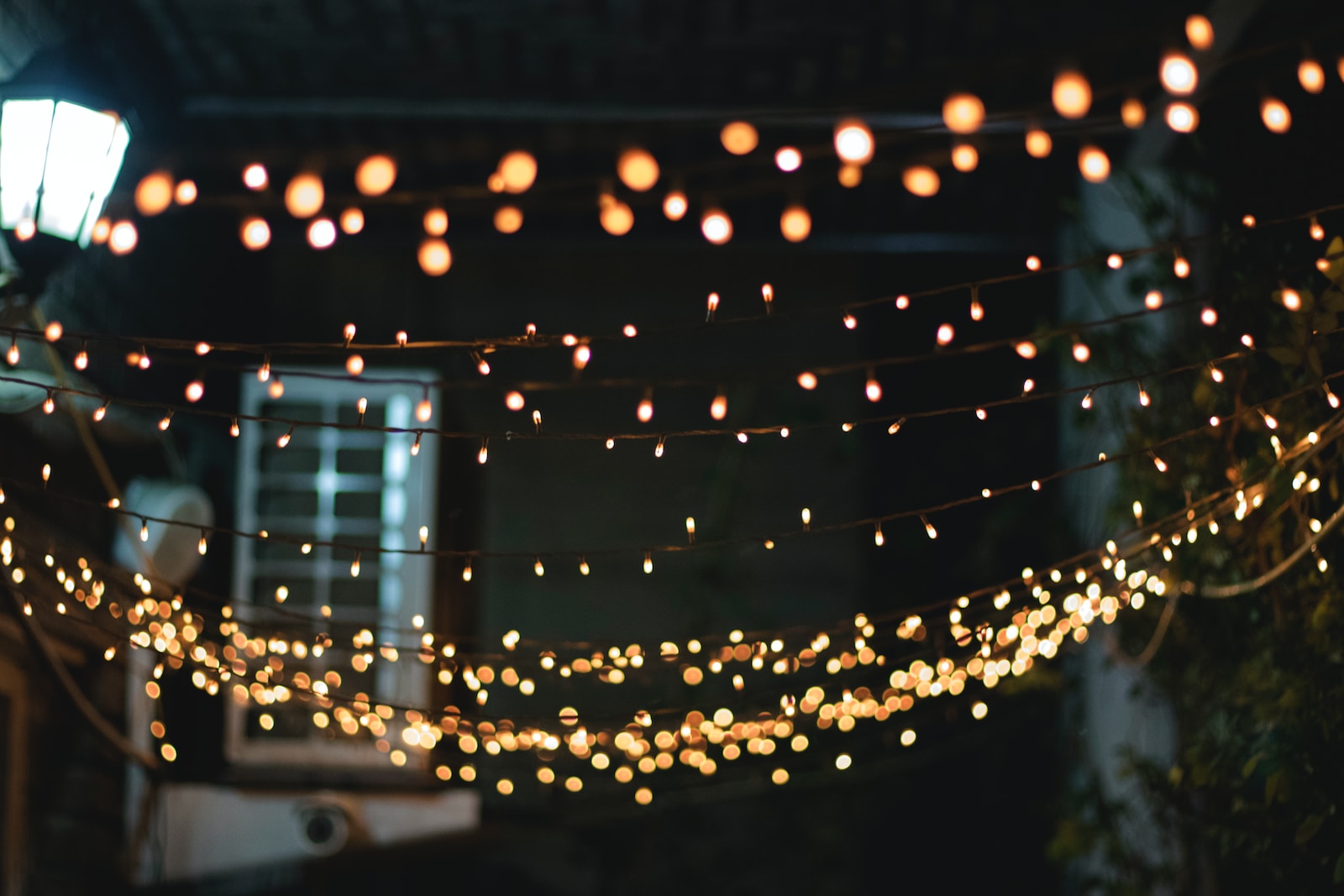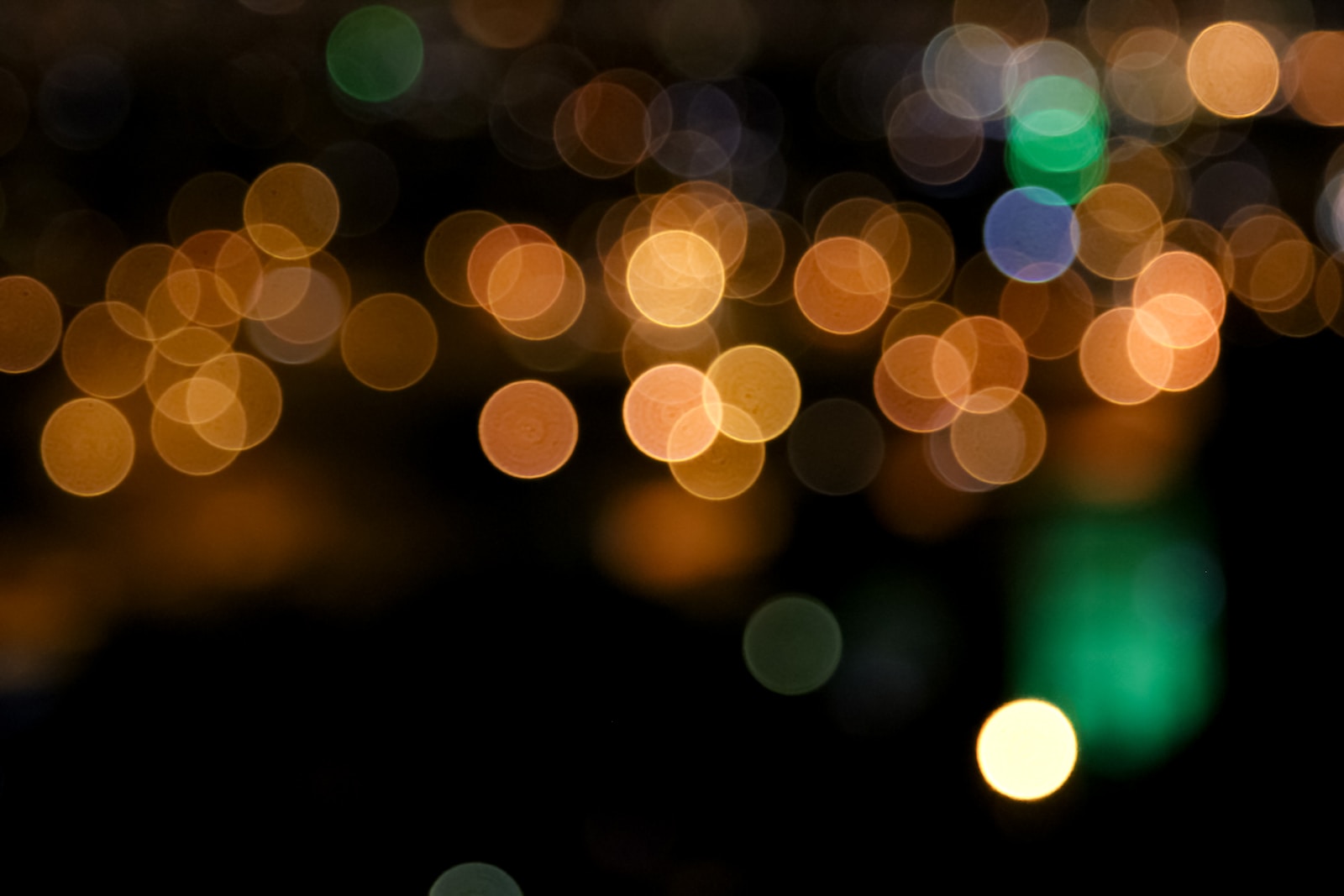Welcome to “Master the Art of Bokeh,” a comprehensive guide on introducing and mastering bokeh, the aesthetic quality of out-of-focus blur in photographs. Whether you are an aspiring photographer or a seasoned pro, this blog will take you on a journey into the enchanting world of bokeh. Discover the magic of creating stunning portrait photography, capturing mesmerizing light effects, and learning about lens types, aperture settings, and composition. Get ready to delve into the exquisite art of bokeh and elevate your photography skills to new heights.
Table of Contents
- The Art of Photographing Bokeh: Capturing Stunning Images
- Master the Art of Bokeh with the Right Equipment
- Mastering Bokeh: Choosing the Best Time of Year
- Frequently Asked Questions
- What is bokeh in photography?
- How can I achieve bokeh in my photos?
- Which lenses are best for capturing bokeh?
- Can I achieve bokeh with a smartphone camera?
- How does aperture affect bokeh?
- What role does composition play in bokeh photography?
- How can I add light effects to enhance bokeh?
- Are there any post-processing techniques to enhance bokeh?
- Where can I find inspiration for bokeh photography?
- What are some common mistakes to avoid when capturing bokeh?
- How can I practice and improve my bokeh photography skills?
- Wrap Up
The Art of Photographing Bokeh: Capturing Stunning Images
When it comes to photography, one of the most enchanting and visually captivating effects is bokeh. Bokeh refers to the aesthetic quality of the out-of-focus blur in a photograph, often seen as soft, glowing circles or shapes in the background. Mastering the art of bokeh can take your photography skills to new heights, allowing you to create stunning and eye-catching images. In this comprehensive guide, we will delve into the techniques and tips for introducing and mastering bokeh.
Choosing the Right Subject
The first step in capturing stunning bokeh is selecting the right subject. Certain subjects lend themselves better to bokeh photography, creating a more visually pleasing image. Here are a few subjects that can produce exceptional results:
- Flowers: The delicate petals and intricate details of flowers make them ideal subjects for bokeh photography. Experiment with different angles and compositions to bring out the beauty of the blooms and create captivating bokeh in the background.
- Cityscapes: Urban environments with sparkling lights and glowing buildings offer endless opportunities for bokeh photography. Capture the hustle and bustle of the city during golden hour or explore nighttime scenes to create mesmerizing bokeh effects.
- Water droplets: The reflections and refractions caused by water droplets present an excellent chance to experiment with bokeh. From raindrops on leaves to water splashes, photographing water creates dynamic bokeh in the background.
Techniques for Achieving Gorgeous Bokeh
Now that you have chosen your subject, let’s explore the techniques that will help you achieve gorgeous bokeh in your photographs:
- Aperture Settings: The key to achieving bokeh is using a wide aperture (small f-number). Set your camera to aperture priority mode (A or Av) and select the lowest f-number your lens allows. A wider aperture will create a shallower depth of field, resulting in a more pronounced bokeh effect.
- Lens Selection: Certain lenses are more suited for capturing bokeh. Prime lenses with wider apertures, such as 50mm f/1.8 or 85mm f/1.4, are highly recommended. These lenses allow more light into the camera and create a pleasing background blur.
- Composition: Pay attention to the composition of your shot to enhance the bokeh effect. Consider placing your subject off-center using the rule of thirds and use leading lines or foreground elements to add depth to your image. This will create a visually pleasing balance between the sharp subject and the dreamy bokeh.
- Lighting Effects: Utilize different lighting conditions to enhance your bokeh. Backlighting, where the main light source is behind the subject, can create a beautiful halo effect and make the bokeh pop. Experiment with different angles and explore natural and artificial light sources for unique light effects in your photographs.
Mastering bokeh photography takes practice and experimentation. Don’t be afraid to try different settings, lenses, and subjects to explore the vast possibilities of bokeh. By incorporating these techniques and tips into your photography, you’ll be able to capture stunning images with the mesmerizing bokeh effect.
Did you know that the term "bokeh" comes from the Japanese word "boke," meaning "blur" or "haze"? It refers to the aesthetic quality of out-of-focus areas in a photograph, creating beautiful, dreamy backgrounds.
Master the Art of Bokeh with the Right Equipment
Choosing the Perfect Camera
When it comes to capturing stunning bokeh, having the right camera is essential. Look for a camera that offers manual control over settings, especially the aperture, as this will allow you to achieve the desired depth of field. Additionally, a camera with a larger sensor size tends to produce better bokeh effects. Full-frame cameras are often favored by professional photographers, but APS-C and Micro Four Thirds models can also deliver impressive results.
Optimal Lenses for Bokeh-licious Shots
In order to achieve beautiful bokeh, selecting the right lens is crucial. Here are a few options to consider:
1. Prime Lenses: These fixed focal length lenses with wider apertures, such as f/1.8 or f/1.4, are highly recommended for bokeh photography. They allow you to create a shallow depth of field, resulting in a creamy background blur.
2. Telephoto Lenses: If you’re interested in capturing bokeh in portrait photography or shooting subjects from a distance, telephoto lenses are a great choice. Lenses with longer focal lengths, such as 85mm or 135mm, combined with wide apertures, produce stunning bokeh effects by compressing the background.
3. Macro Lenses: Although primarily used for close-up photography, macro lenses can also create mesmerizing bokeh. With their ability to focus on tiny details, these lenses can isolate a subject and blur the surrounding elements, resulting in an ethereal bokeh.
4. Lens with Aperture Blades: Lenses with a larger number of aperture blades typically produce rounder and smoother bokeh balls, adding a more pleasing aesthetic to your images. These lenses are often preferred for bokeh photography.
Remember, the lens you choose will depend on your personal preferences and the style of bokeh you wish to achieve. Each lens mentioned above brings its own unique benefits and characteristics to the table. Make sure to experiment and find the one that best suits your vision.
By investing in the right camera and lenses, you’ll be well on your way to capturing breathtaking bokeh effects. Don’t forget to explore with different combinations and settings to truly master the art of bokeh photography.

Mastering Bokeh: Choosing the Best Time of Year
When it comes to capturing stunning bokeh, the time of year can greatly impact the overall aesthetic of your photographs. While bokeh can be achieved year-round, certain seasons offer unique opportunities for creating breathtaking images.
During springtime, for example, nature bursts into life with vibrant colors and blooming flowers. This creates a magical backdrop for your bokeh photography. By positioning your subject against a backdrop of cherry blossoms or daffodils, you can achieve a dreamy and ethereal effect.
In contrast, autumn brings warm, earthy tones and falling leaves. The changing foliage provides a visually appealing and textured background for your bokeh shots. Imagine capturing portraits surrounded by a golden haze of falling leaves and blurred autumn colors.
In winter, the snow-covered landscapes offer a clean and minimalist canvas for bokeh photography. Positioning your subject in front of sparkling snowflakes or against a background of snow-covered trees creates a sense of tranquility and peace, adding depth to your images.
Understanding Vantage Points and Composition
In addition to the time of year, finding the perfect vantage point and considering composition are essential in creating breathtaking bokeh photographs.
One option is to shoot from a low angle. By getting down on the ground, you can capture your subject against a bokeh-filled sky, adding depth and drama to your images. This technique works exceptionally well when photographing flowers, creating an immersive and whimsical feel.
Another option is to experiment with multiple layers of bokeh. Positioning your subject in the foreground and allowing the background to blur creates a visually engaging and captivating effect. Imagine photographing a person standing in a field of flowers, with each bokeh circle revealing a different layer of colorful blooms.
For cityscapes or street photography, try shooting through reflective surfaces or windows. This technique adds a mesmerizing element to your bokeh, as it merges the out-of-focus backgrounds with the reflections of the urban surroundings. The result is a captivating interplay between the subject and the cityscape.
Remember, the key to mastering bokeh lies in experimentation and creativity. With the right time of year, vantage points, and composition techniques, you can create images that truly captivate and amaze.
One helpful tip for achieving stunning bokeh effects in your portrait photography is to use a lens with a wide aperture, such as f/1.8 or wider. This allows for a shallow depth of field, creating a beautifully blurred background that enhances the subject. Experiment with different lenses and aperture settings to find the perfect combination for your desired bokeh effect.
Frequently Asked Questions
What is bokeh in photography?
Bokeh refers to the aesthetic quality of the out-of-focus area in a photograph. It creates a beautiful and pleasing blur, emphasizing the subject of the image.
How can I achieve bokeh in my photos?
To achieve bokeh, you need to use a lens with a wide aperture, such as f/2.8 or wider. This allows for a shallow depth of field, resulting in a more pronounced background blur. Additionally, placing your subject at a distance from the background can further enhance the bokeh effect.
Which lenses are best for capturing bokeh?
Prime lenses with a wide maximum aperture, such as 50mm f/1.8 or 85mm f/1.4, are excellent choices for creating beautiful bokeh. These lenses allow for better control over depth of field and deliver stunning background blur.
Can I achieve bokeh with a smartphone camera?
While smartphone cameras have limitations compared to dedicated cameras, you can still achieve a bokeh-like effect using certain phones with dual-camera setups or portrait mode. Experiment with the camera settings and focus on creating separation between the subject and the background.
How does aperture affect bokeh?
The aperture setting directly affects the depth of field in your photos. A wider aperture (smaller f-number) creates a shallower depth of field, resulting in stronger bokeh. Adjusting the aperture allows you to control the amount of background blur and selectively focus on your subject.
What role does composition play in bokeh photography?
Composition is crucial when shooting bokeh photos. Consider the placement of your subject and the surrounding elements to create an appealing and balanced composition. Pay attention to how the out-of-focus areas blend harmoniously with the in-focus subject.
How can I add light effects to enhance bokeh?
You can add light effects to enhance the bokeh in your photos by using props such as fairy lights, sparklers, or candles. Place the lights in the background, either behind or around your subject, and adjust your camera settings to capture their beautiful, out-of-focus glow.
Are there any post-processing techniques to enhance bokeh?
Yes, there are various post-processing techniques to enhance bokeh. You can use software like Adobe Photoshop or Lightroom to enhance the blur, adjust contrast, and fine-tune the overall aesthetic. However, it’s important to remember that the best bokeh effects are achieved in-camera.
Where can I find inspiration for bokeh photography?
You can find inspiration for bokeh photography by researching and exploring the works of renowned photographers who specialize in this style. Follow photography blogs, visit online galleries, and join photography communities to learn from and engage with fellow enthusiasts.
What are some common mistakes to avoid when capturing bokeh?
Some common mistakes to avoid when capturing bokeh include using a narrow aperture, which results in less pronounced background blur, not paying attention to the background when composing your shot, and neglecting to experiment with different focal lengths and lens types.
How can I practice and improve my bokeh photography skills?
To practice and improve your bokeh photography skills, take the time to experiment with different lenses, apertures, and compositions. Look for opportunities to capture subjects against appealing backgrounds and practice creating separation and depth in your images.
Wrap Up
Now that you have explored the art of bokeh, it’s time to put your newfound knowledge into practice. Grab your camera and experiment with different lens types, aperture settings, and compositions to create stunning bokeh effects in your photographs. Remember, bokeh is not just about blur, but about adding depth and visual interest to your images.
Don’t forget to share your stunning bokeh shots in the comments below! We would love to see how you are mastering the art of bokeh. And if you have any questions or need further guidance, feel free to reach out. Happy shooting!
Engage with us:
- Leave a comment below with your thoughts and questions.
- Follow us on Instagram for daily inspiration.


